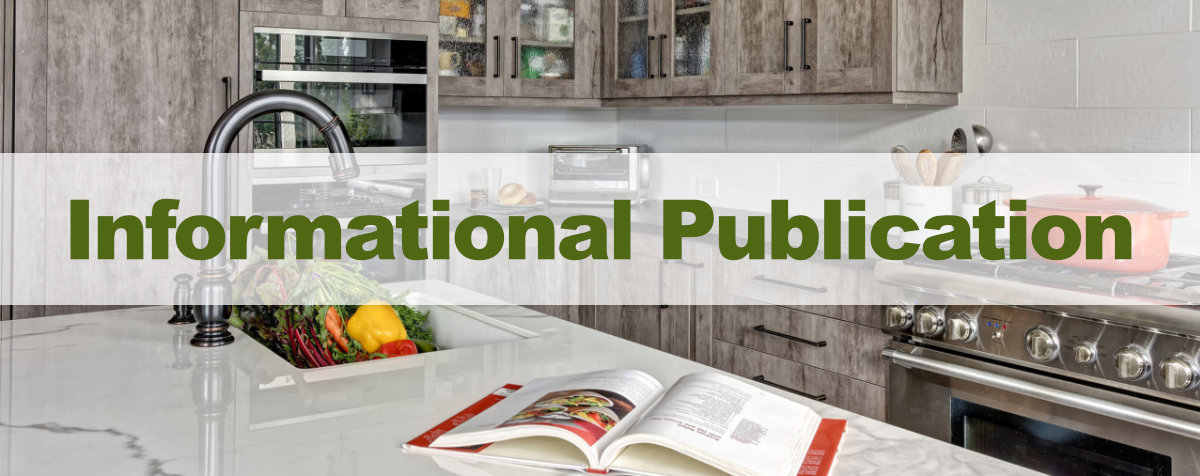The Ultimate Guide to Compound Butter: Recipes, Uses, and Variations
Compound butter is more than just a lavish indulgence; it's an incredibly versatile element that elevates various dishes to gourmet levels. From being the perfect topping on your seared steak to adding a creamy richness to your pan-fried fish, compound butter is that unsung hero in the culinary world that instantly transforms meals. In this publication, we'll dive into the world of compound butter, discussing its history, how to make it at home, and exploring its myriad uses and variations in culinary creations.
What is Compound Butter?
At its core, compound butter is a mixture of softened butter combined with herbs, spices, aromatics, and sometimes even cheeses or meats. The concept originated in classic French cuisine but has found its place in kitchens worldwide. Unlike traditional butter, compound butter packs a flavorful punch, owing to the different ingredients mixed into it. Once prepared, it's often rolled into a log shape, chilled, and sliced as needed.
The Basic Method for Making Compound Butter
Creating compound butter is a relatively simple process that doesn't require any special equipment other than a mixing bowl and a spatula. Here's a basic recipe to get you started:
Ingredients:
- 1 cup (2 sticks) unsalted butter, softened
- 2-4 tablespoons of your choice of herbs, spices, or aromatics
Steps:
- Make sure the butter is softened to room temperature.
- In a bowl, mix the butter with your choice of herbs, spices, or other flavoring agents.
- Once thoroughly mixed, place the butter mixture onto a piece of plastic wrap or parchment paper.
- Roll the mixture into a log shape, twisting the ends of the wrap to secure it.
- Refrigerate for at least two hours to allow the flavors to meld together.
- Once chilled, slice off pieces of the compound butter to use as needed.
Variations of Compound Butter
The beauty of compound butter lies in its versatility. Here are some variations to inspire your culinary creativity:
Herb Butter:
- 2 sticks of butter
- 1/4 cup of finely chopped parsley
- 1 tablespoon of chopped thyme
Garlic Butter:
- 2 sticks of butter
- 4 cloves of garlic, minced
- Zest of 1 lemon
Spicy Chipotle Butter:
- 2 sticks of butter
- 1 canned chipotle pepper, finely chopped
- 1 teaspoon adobo sauce (from the chipotle can)
Sweet Cinnamon Butter:
- 2 sticks of butter
- 2 tablespoons of brown sugar
- 1 teaspoon of cinnamon
Blue Cheese and Walnut Butter:
- 2 sticks of butter
- 1/4 cup of crumbled blue cheese
- 2 tablespoons of chopped walnuts
Feel free to experiment by combining different ingredients that suit your taste. The possibilities are endless!
Culinary Uses of Compound Butter
- Steaks and Grilled Meats: A slice of garlic or herb compound butter melting over a freshly grilled steak enhances its richness.
- Fish: A lemon-dill or a tarragon compound butter can add a splash of flavor to any baked or grilled fish.
- Vegetables: Sweet or savory, compound butter works wonderfully with steamed or roasted vegetables.
- Breads and Rolls: Spread some sweet cinnamon or fruit-infused compound butter on warm bread for a delightful treat.
- Pasta and Grains: A dollop of compound butter can take your pasta, rice, or quinoa to the next level.
- Sauces and Soups: Melt a piece of compound butter into your sauces or soups for added depth and complexity.
- Desserts: Sweet compound butters can be spread over pancakes, waffles, or even incorporated into frosting for cakes.
Storing Compound Butter
Compound butter can be stored in the refrigerator for up to 2 weeks or in the freezer for up to 3 months. Make sure to wrap it tightly in plastic wrap and store it in an airtight container to maintain its quality.
In Conclusion
Compound butter is not just an afterthought or a simple garnish; it's a culinary powerhouse that can add a burst of flavor to your meals. With endless variations and a myriad of uses, it's a worthy addition to any kitchen. So, why settle for plain butter when you can elevate your cooking with this flavorful gem?■
—End of Information—
The information presented in this publication may be updated periodically.
About This Publication
The distraction-free information presented in this publication was prepared and published by ViewMoreInfo.com. It was developed for an online audience with AI support to deliver a thorough and accurate understanding of the topic explored.
Contact Information
For inquiries, send a message to the postal or email address below.
ViewMoreInfo.com
41 Crossroads Plaza #200
West Hartford, CT 06117
span-e
